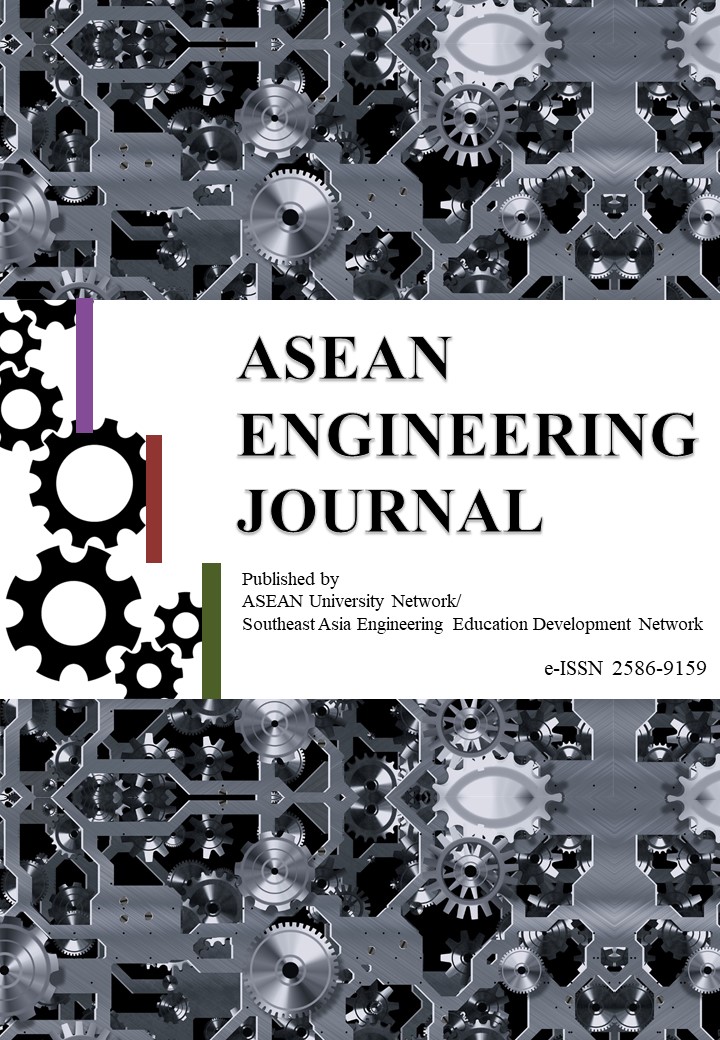ENGINEERING GEOLOGY OF ALLUVIAL DEPOSITS IN YANGON AREA
DOI:
https://doi.org/10.11113/aej.v9.15505Abstract
Two-thirds of the Yangon area is covered by alluvial deposits, which are weak in their strength and highly permeable. As Yangon area has undergone very rapid development and expansion, its expansion of new satellite towns is mostly built on the alluvial deposit. Engineering geology study of alluvial deposits in Yangon area is therefore needed to ascertain the nature and properties of alluvial deposits at different locations and at various depths. The distribution of alluvial deposits in Yangon starts from Kyaukmyinthar area to the Letkikkone and along the flood plain of Yangon river and Hlaing river. The alluvial deposits are categorized into valley fill, marine, and flat plain types. The most common deposit types are CL, CH, SM, SC, ML according to the Unified Soil Classification. Standard Penetration Test (SPT) is performed for this research and samples collected from boreholes are tested in the laboratory. Based on the SPT value and the laboratory results, the bearing capacity calculations are made for the foundation condition. Groundwater level is noted on each bore holes for the hydrological characteristics. The ultimate bearing capacity of valley fill deposits are more than 200 kPa in Ahlon Township but the ultimate bearing capacity of most marine alluvium in Hlaingtharyar and N. Okkalarpa Townships are less than 100 kPa.
















